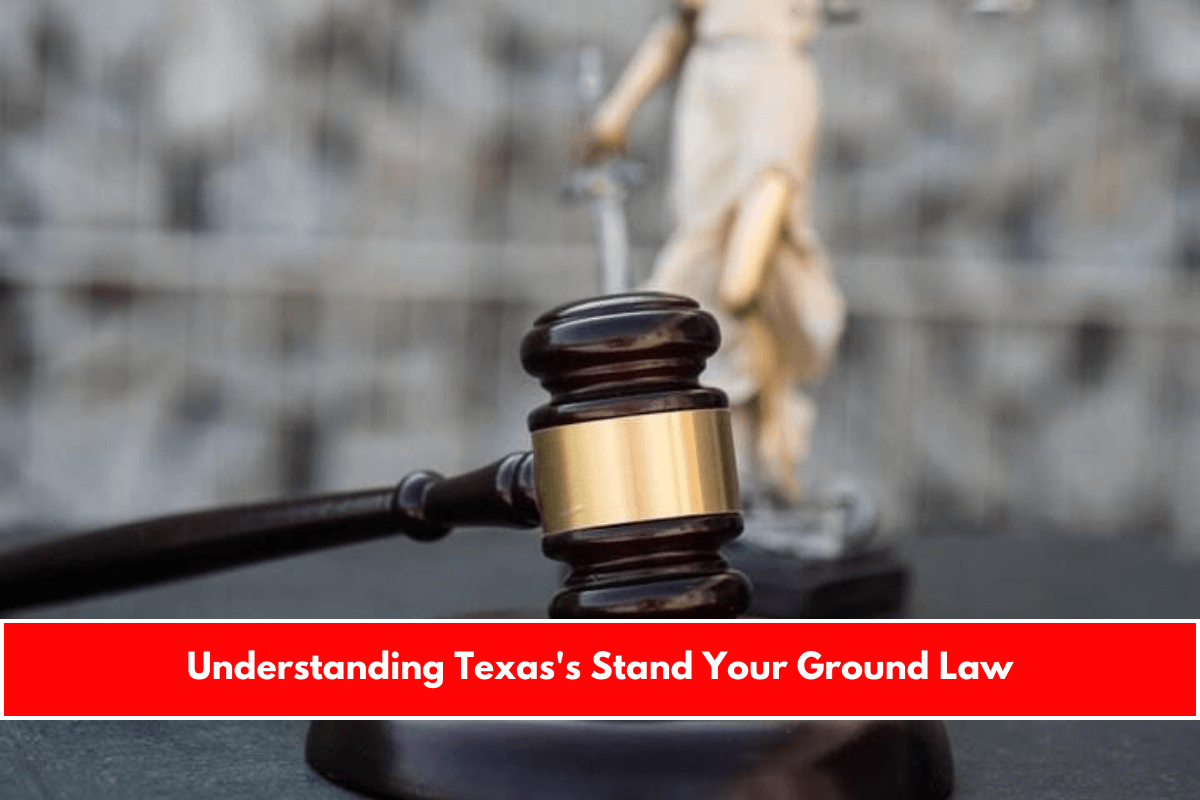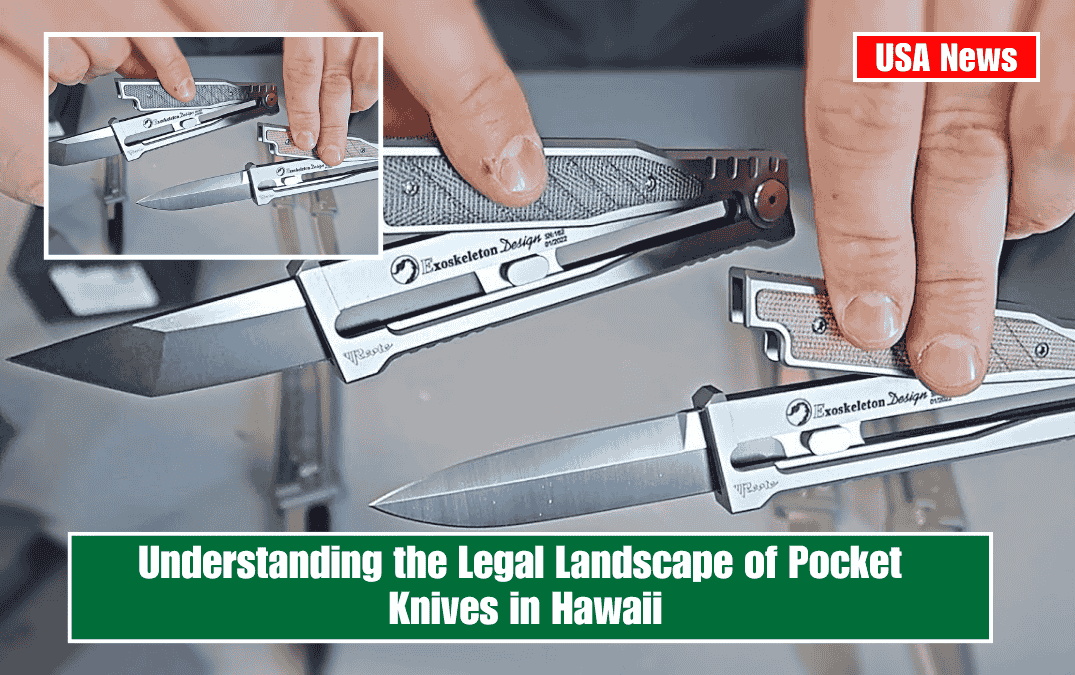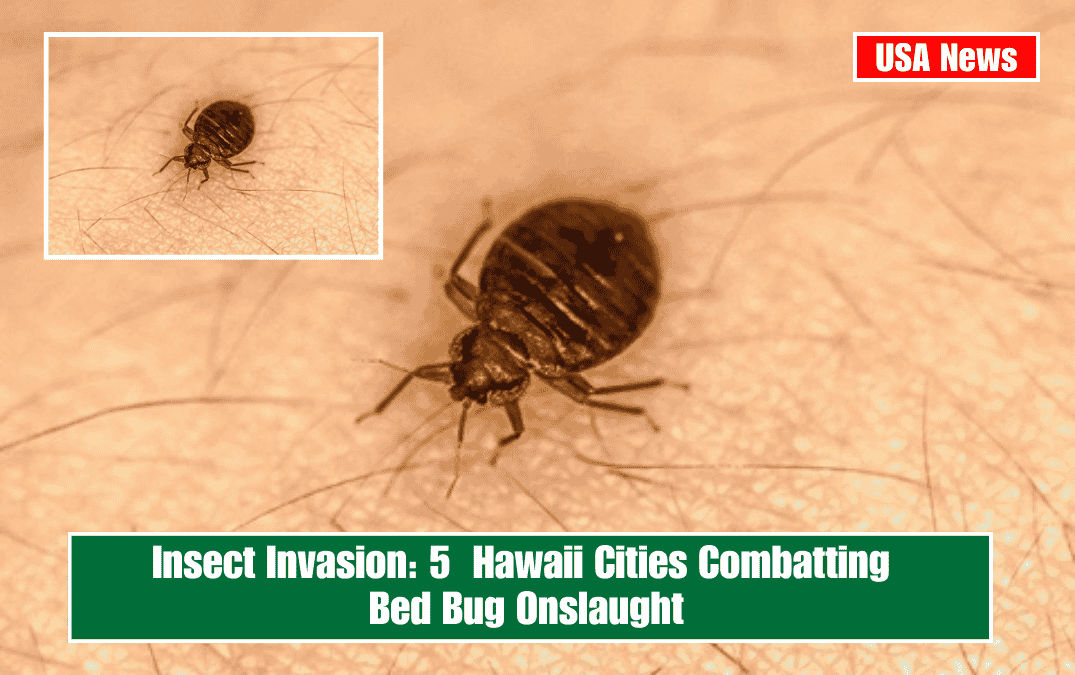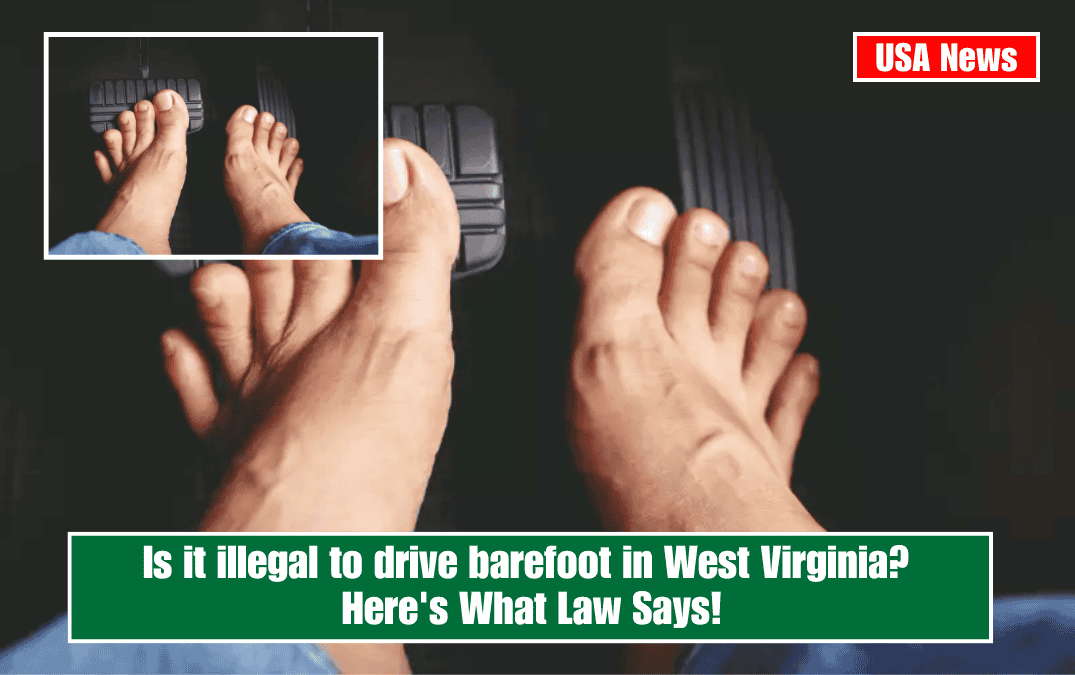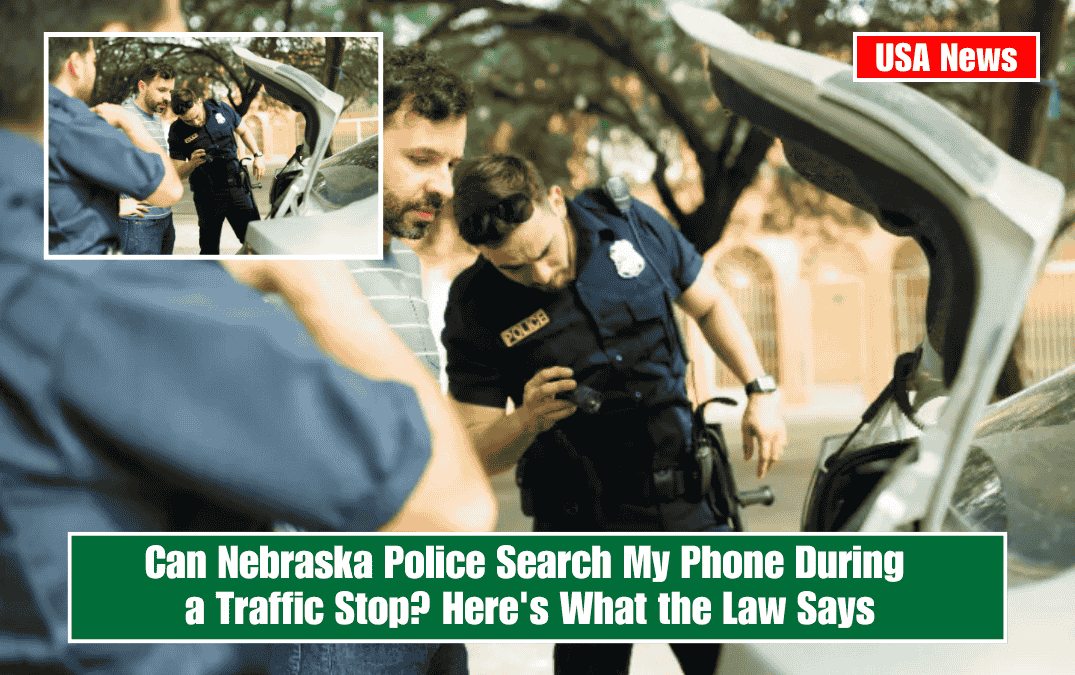Texas’s self-defense laws combine Stand Your Ground principles with strong Castle Doctrine protections, creating one of the nation’s most permissive legal frameworks for using force. Here’s how it works:
Core Legal Framework
1. Stand Your Ground Protections
Texas removes the duty to retreat in any location where you’re legally present (public spaces, vehicles, workplaces). You may use force, including deadly force, if:
- You reasonably believe it’s immediately necessary
- Facing imminent threat of death/serious bodily harm
- Didn’t provoke the confrontation
2. Castle Doctrine Enhancements
In homes, occupied vehicles, and workplaces:
- Presumed reasonable fear when facing unlawful entry
- No requirement to verify intruder’s weapon status
- Applies to defense of others present
Unique Property Defense Provisions
Texas is the only state allowing deadly force for property protection under strict conditions:
| Scenario | Legal Requirements |
|---|---|
| Nighttime theft | Must reasonably believe: |
| – Property can’t be recovered otherwise | |
| – Lesser force would risk death/injury | |
| Burglary/arson | Applies day or night |
Example: Shooting a thief escaping with your truck at 2 AM could be justified if meeting all criteria.
Civil & Criminal Protections
- Civil immunity: No lawsuits if criminal case finds force justified (CPRC 83.001)
- Presumption of reasonableness: Juries must consider defender’s perspective
- No “brandishing” laws: Displaying firearms is legal if meeting defensive intent standards
Critical Limitations
- Reasonable Belief Standard
- Must articulate specific threats (e.g., “He reached for his waistband like drawing a gun”)
- Doesn’t cover verbal threats alone
- Vehicle Carry Rules
- LTC required for handguns in public
- Long guns can be openly carried loaded
- Prohibited Actions
- No force against retreating attackers
- Can’t set traps/lay in wait
Common Misconceptions
- ❌ “SYG means I can shoot anyone on my property”
✅ Reality: Applies only to occupied structures, not yards - ❌ “Texas has unlimited property defense rights”
✅ Reality: Daytime theft requires burglary/arson context - ❌ “Civil immunity means no legal risk”
✅ Reality: Grand jury indictment still possible
Recommended Actions
- Verbalize threats: “Stop! I’ll shoot!” creates evidence of warning
- Secure recordings: Security footage supports reasonableness claims
- Training: Required for LTC and strengthens legal position
While Texas law strongly favors defenders, prosecutors still scrutinize whether reactions matched immediate threats. Consultation with a firearms attorney is advised before carrying.
Sources:
- https://simerlaw.com/what-is-stand-your-ground-law-in-texas/
- https://www.crowdercriminalfirm.com/plano-texas-criminal-defense-lawyer/five-things-to-know-about-self-defense-laws-in-texas
- https://codes.findlaw.com/tx/penal-code/penal-sect-9-31/
- https://austinhageelaw.com/legal-blog/stand-your-ground-law-tx/
- https://www.thelinderfirm.com/resources/blog/what-are-the-rules-of-self-defense-in-texas/
